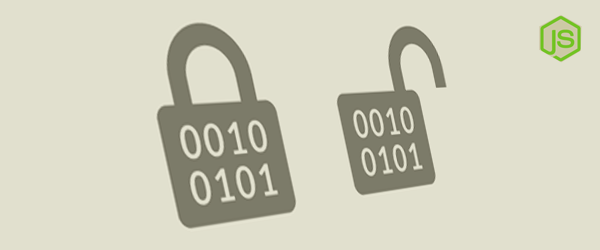
Use Case
Let’s say a customer ordered on your ecommerce site. You save his email on your database and send him an email too about his order information including a “cancel” link. In the cancel link structure, you added the orderid and encrypted email so you can decrypt and use those info later to verify in the database.
// example cancel link
// http://www.myawesomestore.com/cancel/orderid/encrypted_email_address
There’s a nodejs module called crypto than can help us solve this issue
Encripting the Email
We will use the Cipher class of Crypto module to encrypt data. crypto.createCipher() are used to create a new instance of Cipher. cipher.update() are used to update the content of the encrypted data. cipher.final() will be called in the end to close the encryption.
const cipher = crypto.createCipher('aes192', 'superSecretKeyWhichIsBasicallyAnyStringYouWantOrBuffer');
var encrypted = cipher.update('myemail@address.com', 'utf8', 'hex');
encrypted += cipher.final('hex');
console.log(encrypted);
// eb0927cbcf4a1958857550437de5b1ba2ec41e6125f1e5f4078832ae4f255ab7
createCipher accepts 2 parameters - algorithm and password. The algorithm is based on OpenSSL available cipher algorithms. The second parameter is the password which is used to derive the cipher key and initialization vector.
The result of the encrypted data will be a long and random string that looks like this
eb0927cbcf4a1958857550437de5b1ba2ec41e6125f1e5f4078832ae4f255ab7
Decripting the Email
Now when you received the encrypted email from the URL, create a Decipher instance and pass it as the first parameter in decipher.update.
var encrypted = req.params.encrypted_email_address;
const decipher = crypto.createDecipher('aes192', 'superSecretKeyWhichIsBasicallyAnyStringYouWantOrBuffer');
var decrypted = decipher.update(encrypted, 'hex', 'utf8');
decrypted += decipher.final('utf8');
console.log(decrypted); // myemail@address.com
Conclusion
There are other methods available in crypto module and some wrappers available on npm and depending on what you want to achieve and how complicated the application is but the snippets above works fine for simple use cases.
Read the crypto documentation to know more about the parameters used in the snippets.
